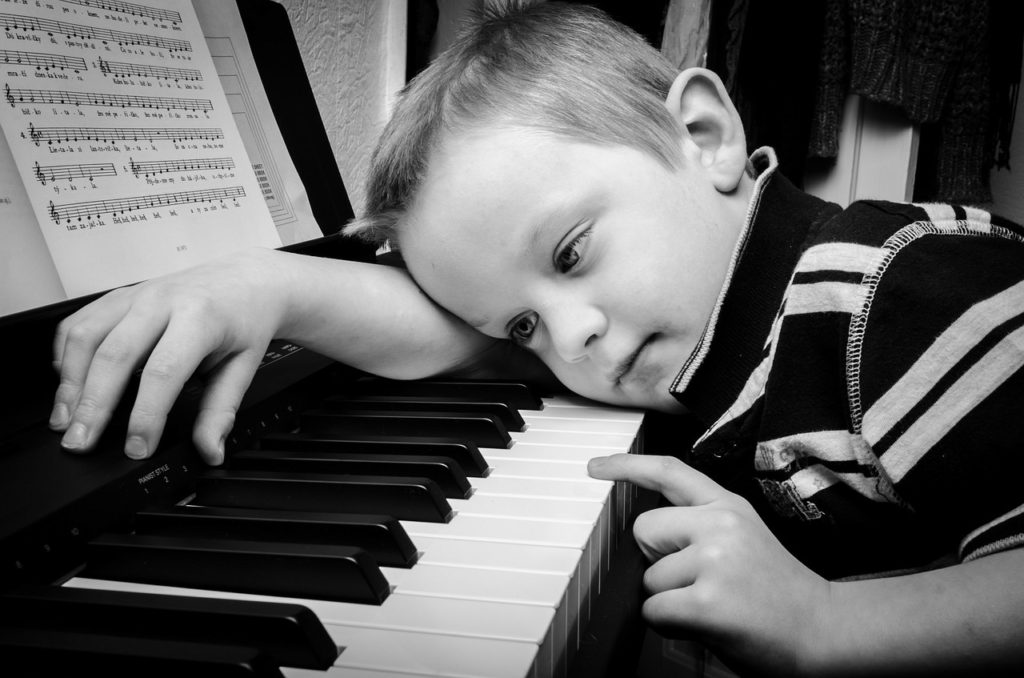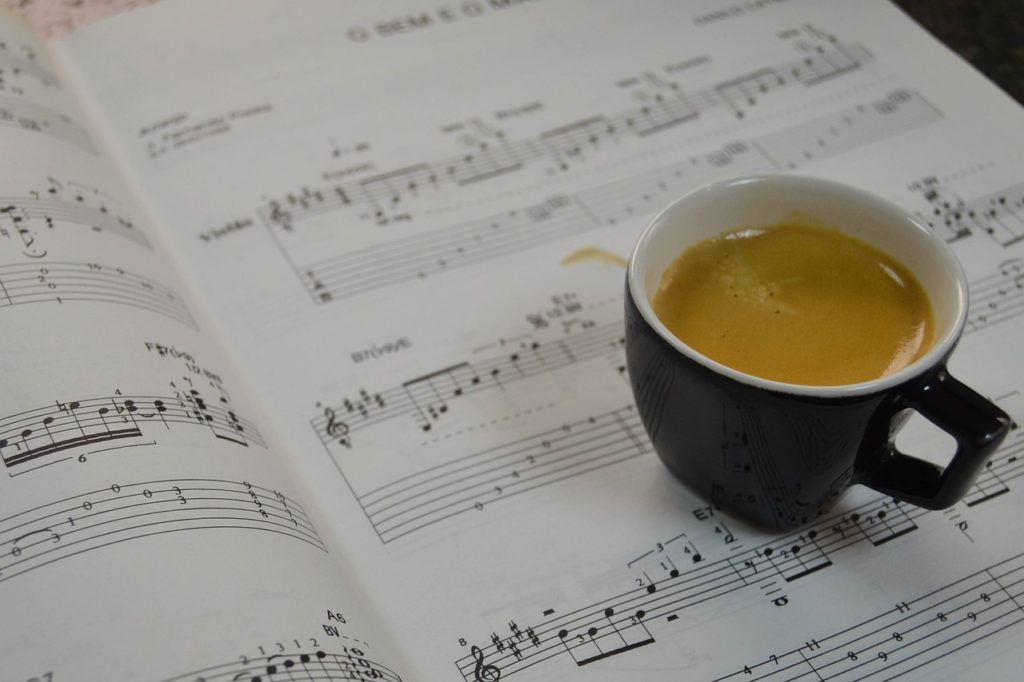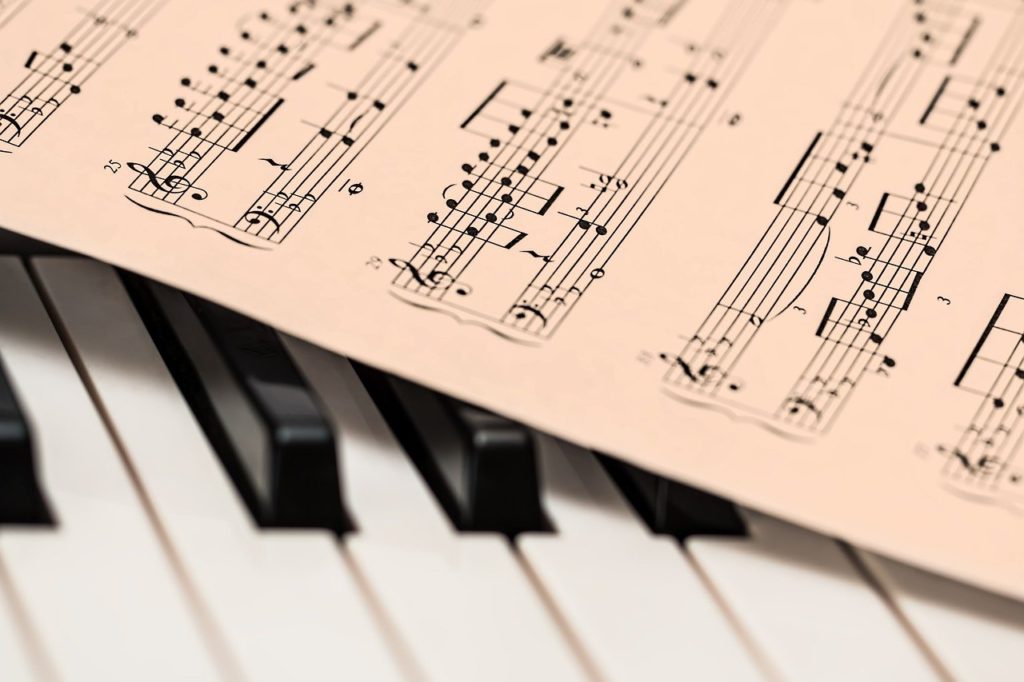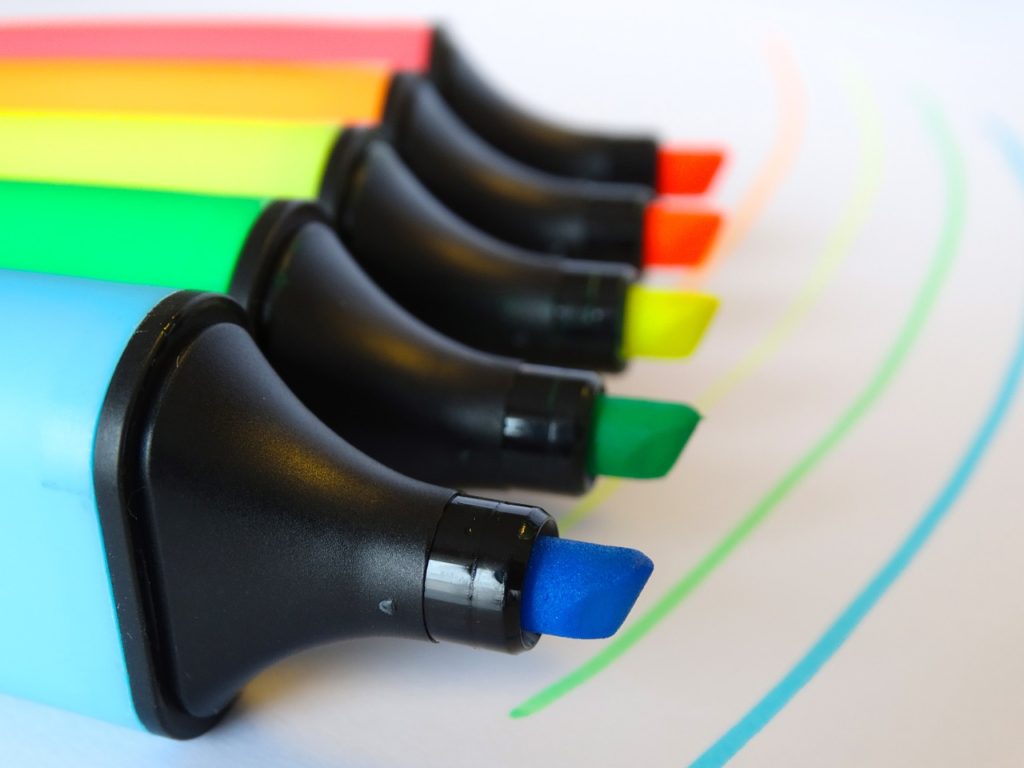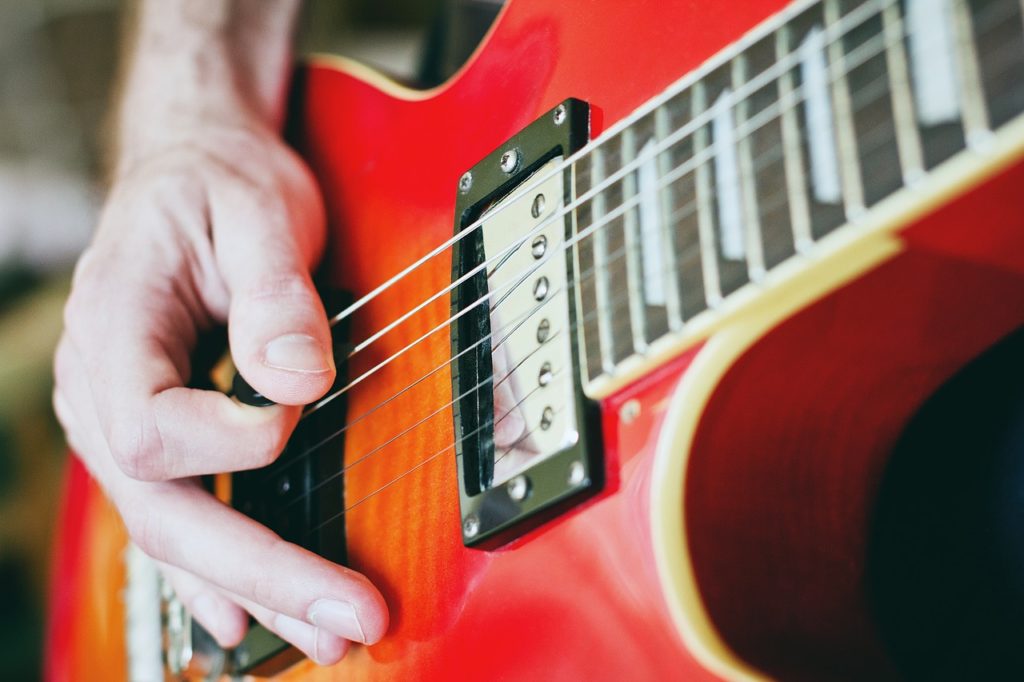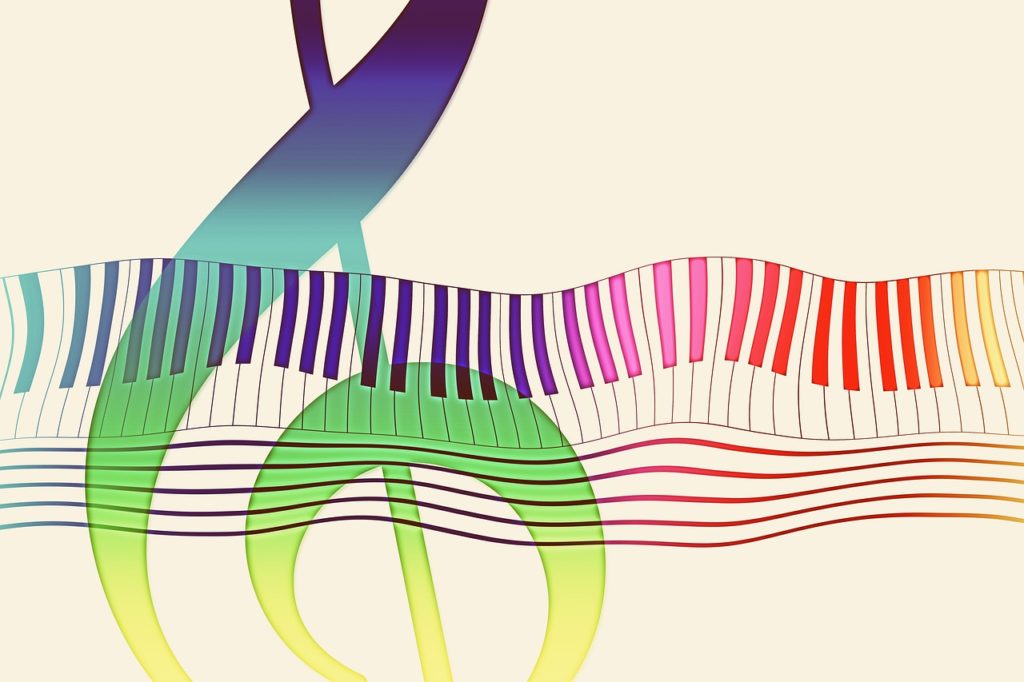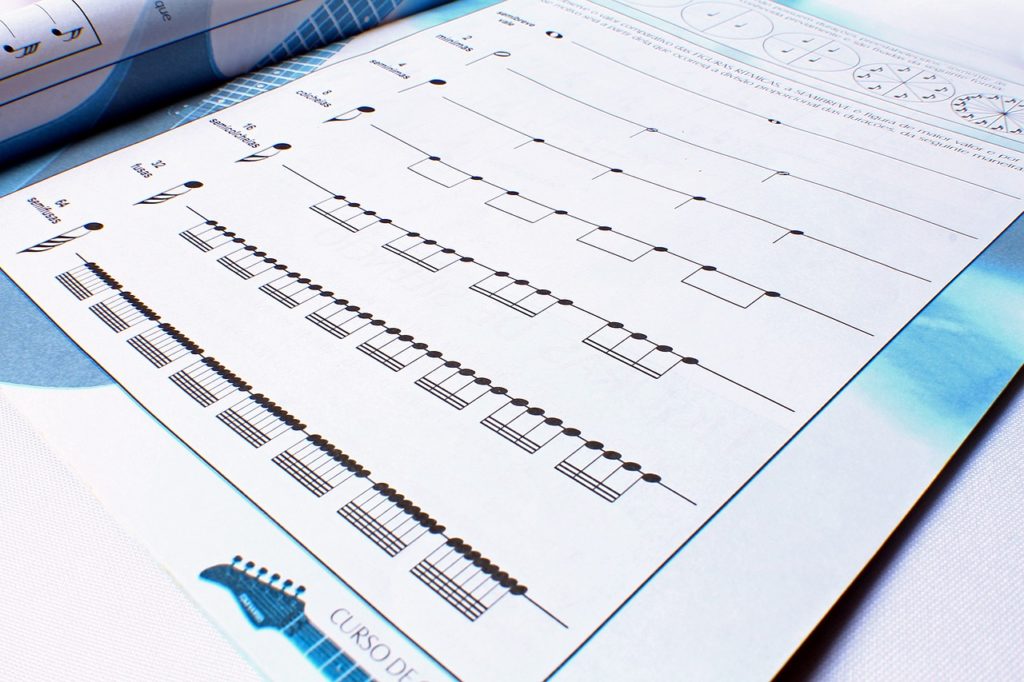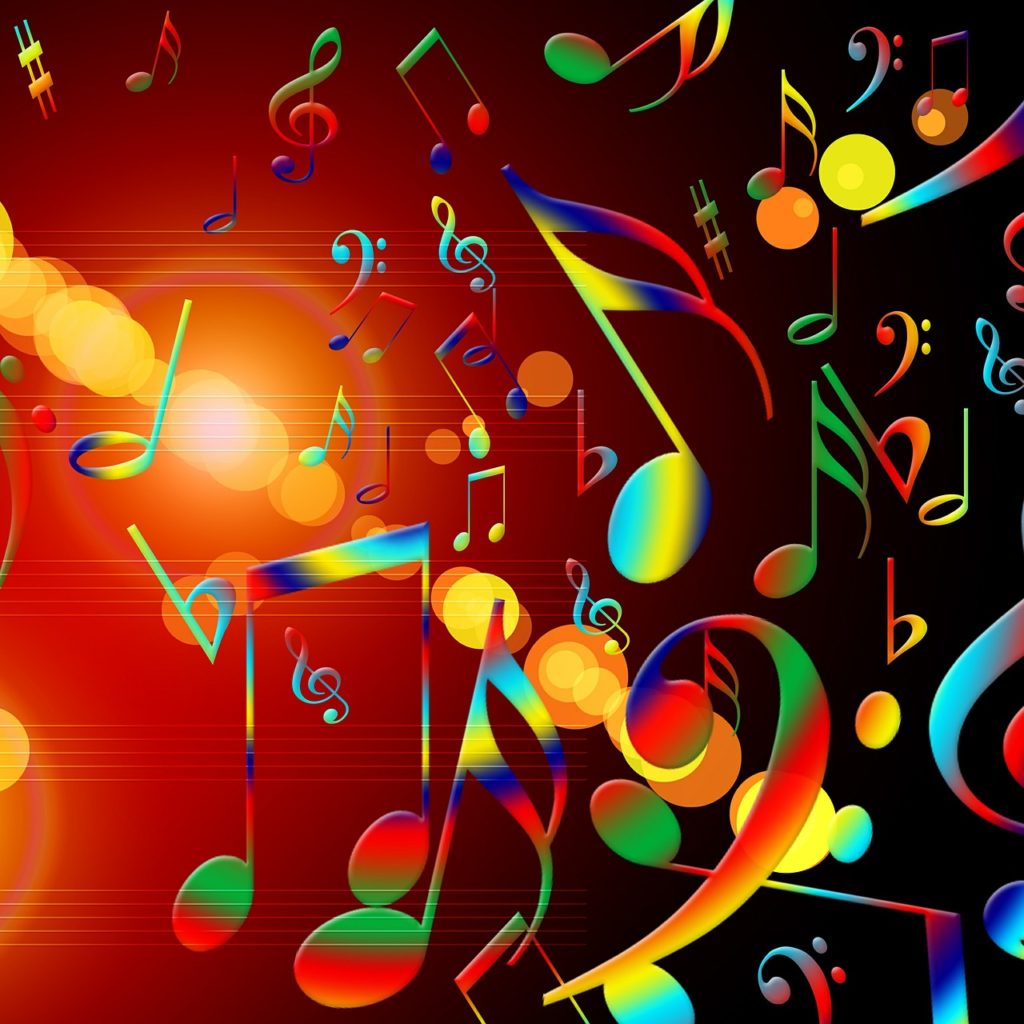Multisensory
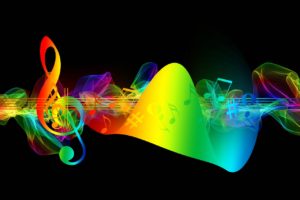
The archive contains posts about teaching music using multisensory teaching methods.
A Brief Account of Multisensory Teaching
Do you want to know what multisensory teaching is and where it came from? Multisensory teaching became popular in the 1980s with Howard Gardener’s book Frames of Mind: The Theory of Multiple Intelligences. Originally written to discuss how the brain works, it instantly had an impact on the public-school teaching community.
The main idea? People come in different brain types:
- Musical-rhythmic and harmonic
- Bodily-kinesthetic
- Visual-spatial
- Verbal-linguistic
- Logical-mathematical
- Interpersonal
- Intrapersonal.
Each brain type learns best through a different sense. (Other intelligences got added later.)
According to Gardener, a person may have more than one intelligence, but only one comes to the foreground. Prior to Frames of Mind, public school teachers focused on verbal teaching. However, the book opened a floodgate of ground-breaking teaching tactics.
Other theories exist of how the brain works, such as Linda K. Silverman’s visual-spatial versus verbal-sequential learners. There are also other multisensory teaching methods such as Orton and Gillingham and Ronald Davis.
However, all of the methods remain focused on teaching using more than one sense. Teaching via sight, touch, sound, and kinesthetic senses helps support the range of learning styles within a typical class room.
In my lessons, I have used manipulatives (such as a raised staff and plush toys) to convey musical ideas using the sense of touch. Likewise, color coding links into the sense of sight. Sound models (and not just for establishing the mental pitch template) for the sense hearing. Finally, clapping and movement games for the kinesthetic sense. (So far, I have not found a music application for the sense of smell or taste.)
Multisensory teaching methods make the difference between success and failure for special needs, LD, and ADD students.
Back to The Successful Music Student blogs.
© 2021 Geoffrey Keith
Does your student use the wrong fingers? Color coding the fingers for music learning enables LD students to accurately finger the music for smoother playing and faster response time. Estimated reading time 3 minutes.
Tablature creates a picture of the guitar neck. However, many LD students become confused by tab despite its visual appearance.
In other words, they become dazzled by the shimmer created by the contrast of the black and white lines of the notation. Color-coding the strings helps reduce the confusion that students experience, assisting them in effectively reading the score. Estimated reading time 3 minutes.
We approach accents differently than other types of articulations. It is not just about using color to make the accents pop off the page. Using shapes creates a guide for when to play louder. Consequently, for accents we take our example from shape notes. Estimated reading time 3 minutes.
Color does not need to be limited to color-coding. Bring staccato, legato, pedal, dynamics, and accents to the foreground by using a highlighter and red pen. Estimated reading time 2 minutes.
Even among typical learners, students find alternate picking and strumming challenging. It is one of the few color-coding strategies I use with every student. Using color-coded arrows as a guide to alternate picking effectively shows students how to accurately execute the picking patterns. Estimated reading time 2 minutes.
Do your students get confused by repeats and D.C. al fine? Reduce your students’ confusion. Learn how to color code the musical form. Estimated reading time 2 minutes.
Have a hard time reading rhythm? Coloring the counting numbers simplifies learning rhythm. Learn how to color code rhythm this way. Estimated reading time 3 minutes.
Based on a scientifically proven method for teaching LD students. Learn how to color code music notes for LD & special needs students. Estimated reading time 6 minutes.


